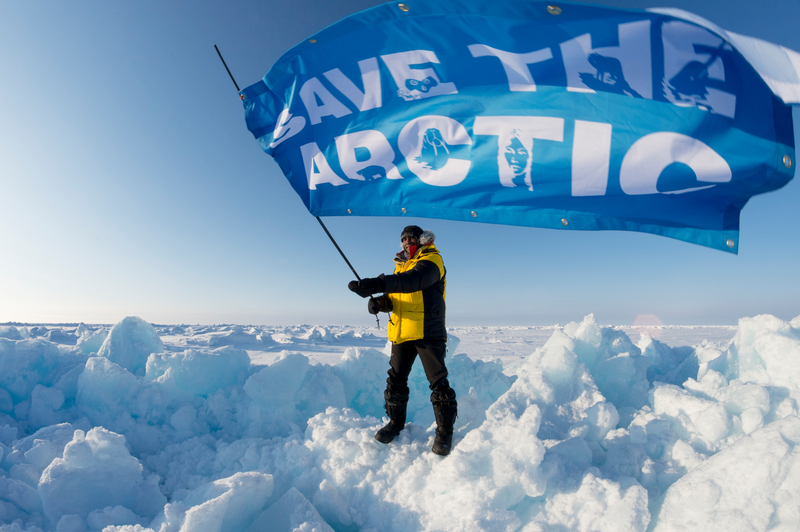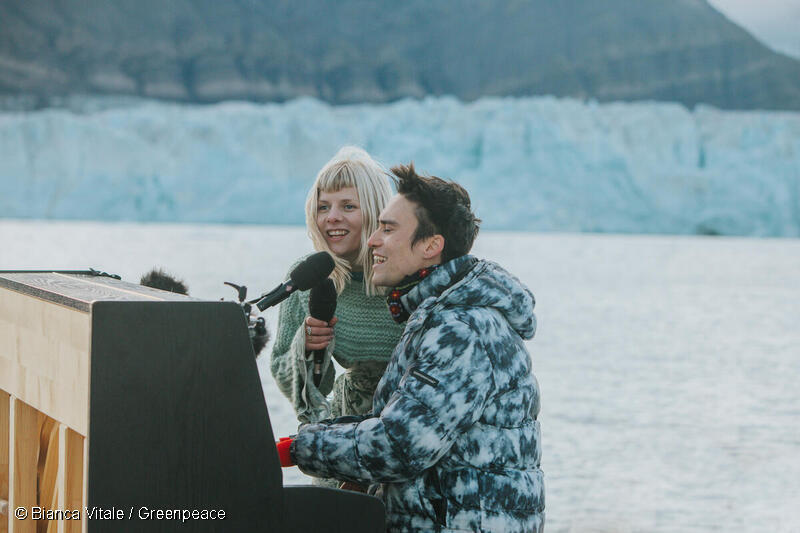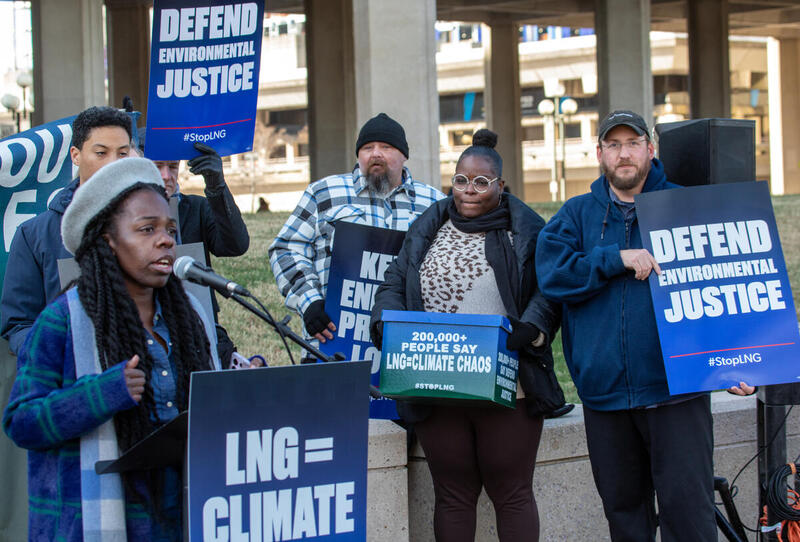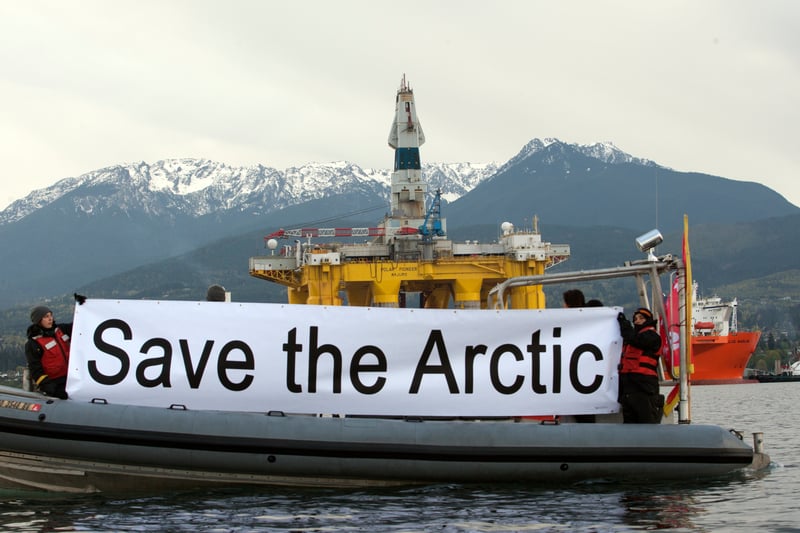Interior just released another deficient environmental impact statement for the ConocoPhillips’ Willow oil and gas proposal. Biden can still uphold his climate promises by saying no to Willow.
Overwhelming public and scientific input has demonstrated the threat this proposal poses to the Arctic region and the people and animals who live there.

Interior just released another deficient environmental impact statement for the ConocoPhillips’ Willow oil and gas proposal. Biden can still uphold his climate promises by saying no to Willow.
Overwhelming public and scientific input has demonstrated the threat this proposal poses to the Arctic region and the people and animals who live there.
The Interior Department released a final supplemental environmental impact statement (SEIS) for the proposed Willow oil and gas project today, relying again on hasty and deficient analysis to assess the impacts that the massive ConocoPhillips’ proposal would have on local communities, Arctic land and water and animals, and the global climate. The Biden administration has the ability to deny permits and should do so when it issues its final decision.
Overwhelming public and scientific input has demonstrated the threat this proposal poses to the Arctic region and the people and animals who live there. Willow would pollute water and air, disrupt animal migrations, destroy animal habitat, spew out as much carbon as running 76 coal plants for a year, and serve as a hub for future oil and gas industrialization and pollution for decades to come.
The project would have devastating impacts to the entire western Arctic region, posing serious health, environmental, and food security threats to Alaska Native communities.
If approved, Willow would be the largest oil extraction project on federal lands in the United States. It would drive massive carbon emissions with devastating climate outcomes. President Biden can still deliver another huge climate and biodiversity victory by saying no to this project. He should put the health of local people before the profits of corporations. He should always be a global leader in taking real and enduring climate action. He should choose to protect Alaska’s western Arctic.
The Interior Department via the U.S. Bureau of Land Management must wait at least 30 days before issuing a Record of Decision on Willow. The public can continue to engage with agencies about the proposal and tell President Biden to say no to this destructive project.
Sovereign Iñupiat for a Living Arctic
Alaska Wilderness League
Trustees for Alaska
Friends of the Earth
Conservation Lands Foundation
Environment America
Earthjustice
Defenders of Wildlife
League of Conservation Voters
Northern Alaska Environment Center
Sierra Club
The Wilderness Society
Evergreen Action
Chesapeake Climate Action Network
Greenpeace USA
Contacts
Dawnell Smith, communications director, Trustees for Alaska, [email protected], 907-433-2313
Aileo Weinmann, communications director, Alaska Wilderness League, [email protected], 202-538-5038
Brittany Miller, Senior Press Officer, Friends of the Earth, [email protected], 202-222-0746
Ellen Montgomery, public lands campaign director, Environment America, [email protected], 720-583-4024
Sue Libenson, Alaska communications contractor, Defenders of Wildlife, [email protected], 907-303-0022
Emily Sullivan, communications director, Northern Alaska Environmental Center, [email protected]
Becca Bowe, Public Affairs and Communications Officer for Lands Wildlife and Oceans, Earthjustice, [email protected]
Tim Woody, communications manager, The Wilderness Society, [email protected], 907-223-2443
Holly Burke, communications director, Evergreen Action, [email protected], 907-440-0122
Quentin Scott, federal policy director, Chesapeake Climate Action Network, [email protected], 773-859-8321



